
Loss of stock is more likely when customers use scan and go technology compared to self-checkouts, according to research.
The report, Self-checkout in retail: measuring the loss, from checkout manufacturer NCR and the community ECR shrinkage and on-shelf availability group, found the average increase in stock loss through scan and go was between 0.01% and 0.29% of sales value. This is in contrast to stores with self-checkout tills, which had an average of 0.01% sales value loss.
Scan and go technology was therefore up to 29% more likely to result in shrinkage compared with self-checkout tills.
However, self-service tills did not fare well in comparison to staffed checkouts. The grocery retailers polled with fixed self-service checkouts recorded stock loss between 33% and 147% higher than those using only staffed checkouts.
Stores with at least half of transactions carried out through self-service tills can also expect shrinkage levels to increase by at least 30%. For retailers with more than 7-10 self-scan machines, it could be as high as 60%.
Read more: Sainsbury’s extends checkout-free payment trial using updated Smart Shop app
Kalyna Stiles, global store transformation senior consulting director at NCR, attributes the greater loss of sales from scan and go versus fixed self-checkouts to inconsistency in how retailers manage the technology. “Guardianship for scan and go ranges from no checks to checking all transactions. Providing a consumer-friendly level of technological and operational guardianship is critical to minimising potential losses,” she told The Grocer.
“This can be done through a controlled exit point, or an appropriate audit based on the trust level shoppers have achieved from past performance,” she said. “The technology also needs to work in a sound way throughout stores to track consumer behaviour, such as sensors monitoring how they touch and move products.”







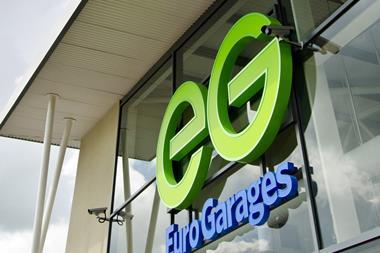
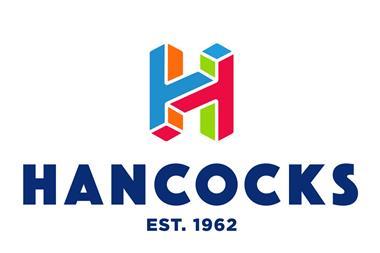
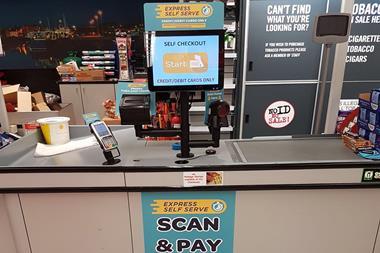
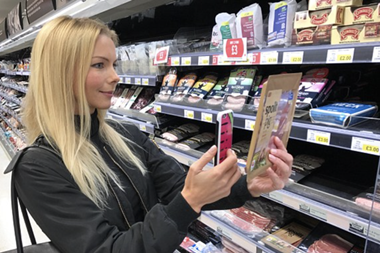
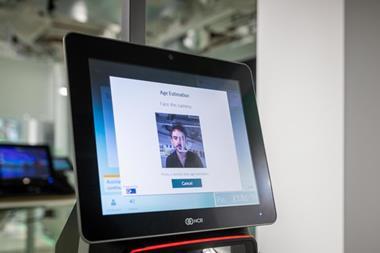


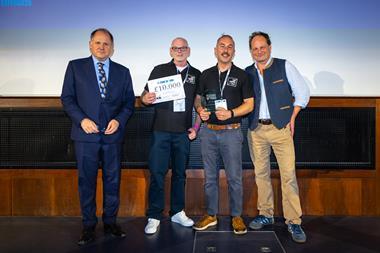

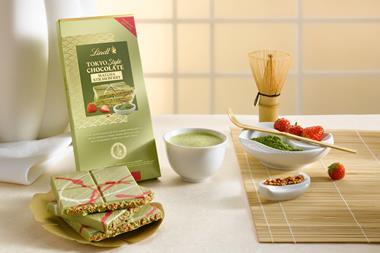


No comments yet